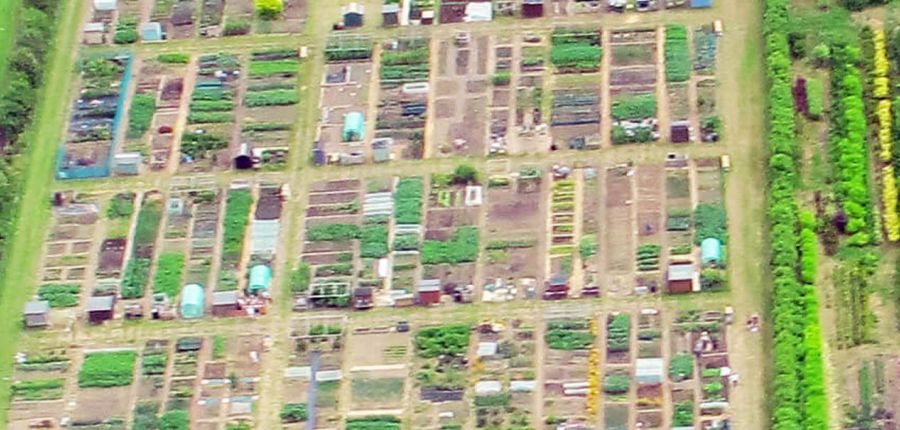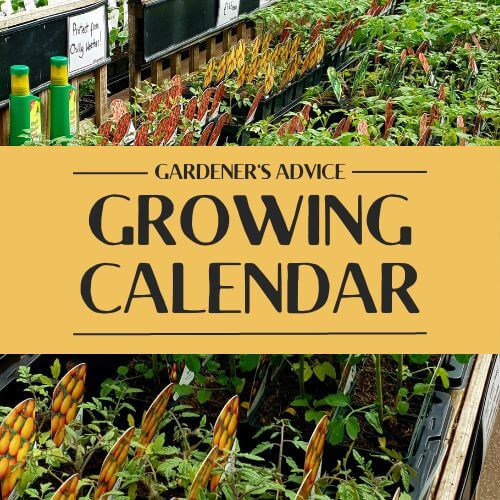Starting out on an allotment
Posted By: rocket veg Category: Growing Veg, Seasonal AdviceThe ‘phone rings and a voice at the other end tells you that you are being offered an allotment plot. All that time on the waiting list and your name has finally come to the top – patience rewarded! After the elation, cold reality and the enormity of the task ahead set in, especially when you’ve paid a visit to the site and seen with your own eyes the weed and bramble-infested scrap of land that you are being offered. You might be one of the lucky few who take over a plot in near-pristine condition, where the previous tenant has been forced to give up for good reasons, rather than being told to quit because their plot was a right mess, but most new allotment tenants find themselves facing a bit of a challenge.
Early autumn is the perfect time to make a start and begin to get your new plot into shape, ready for sowing when spring comes, so here are a few helpful suggestions what to do first. This is neither a definitive list nor a comprehensive description of each task – more a few pointers from someone who has experience of taking on a neglected plot. Above all, remember that allotment gardening should be fun and ‘a little and often’ is better than a day of hard slog followed by a weeks of inactivity.
First…take stock
Before rushing ahead to tackle those weeds, take a good look and see what established plants might be lurking under the brambles and nettles. Overgrown fruit bushes – black and red currants, gooseberries and the like – should give you good service once they have been cleared and pruned. Seek out the corner where a few straggly herbs may be growing and see if they are worth rescuing. There may be some real treasures like asparagus lurking under the soil, so don’t be in too much of hurry to dig up any trailing white roots which you come across. Start by asking the person responsible for the allotment site if they have any idea of perennial plants growing on the plot.
Clearing weeds and unwanted vegetation
If you’ve inherited an overgrown plot, don’t despair. In spite of their thorns and stings, brambles and nettles are relatively simple to clear: put on a pair of sturdy gloves, cut the plant stems and foliage back first and then ease the roots free from the soil using a fork. Perennial weeds, generally the ones with trailing white roots (bindweed, couch grass, ground elder and so on) need to be dug out, a tedious but satisfying job. When it comes to tackling large areas of weeds and grass, to save a lot of heavy digging, cover the area with big sheets of cardboard to screen out light, causing plants to wither and die. Plastic sheeting weighted down with bricks or lengths of timber will work just as well but cardboard has the added advantage in that it will rot down over time, adding organic matter to the soil.
Any woody matter that you clear can be heaped into a corner and left to rot down, or burnt. Most allotment sites allow bonfires during the winter months but be sure to check before lighting – better still, compost as much green waste as you can.
Start a compost heap
Another job to get on with soon after you make a start on your plot is to make a compost heap. If you are unsure what kind of container will be best for holding all that green waste that your plot will generate, take a look at how other allotmenteers manage. Buying a plastic compost bin is a quick and easy option, but is unlikely to hold the quantity of green waste generated on an allotment and you’ll be better off getting hold of a few wooden pallets, the perfect size to create a compost container when joined in clusters of three.
Next....
Time put in now while the weather is not too bad will pay dividends when spring arrives and your plot is ready for sowing and planting - so make the most of any dry autumn days. If my plot is anything to go by, the recent rainfall has helped to put the soil into great shape for digging and weeding.
Protect the soil
If you ask an experienced gardener why their crops are so bountiful, you are likely to receive a reply along the lines of ‘Ah well… the secret is in the soil.’ Good preparation really does pay off, so as you dig the soil - using a fork to remove every trace of weeds and picking out stones as you go - cover the area you have cleared to protect the soil structure from the effects of severe weather and also to prevent weeds from re-growing over the coming months. (Stubborn things, weeds: will continue to grow in all weathers.) Closely woven black mesh which allows rain to penetrate is a perfect covering which can be folded up and stored when not in use. Heavy clay soils can be left exposed to be broken down by frost action, so you may prefer to leave lumps of soil, rather than expending a lot of energy with spade and fork. If you have access to a good quantity of organic matter, such as leaves, put a thick layer straight onto the newly-dug earth before covering it and let the worms do the work of drawing it down into the ground and thereby improving your soil for you.
Planning your allotment
If you want your plot to be productive, planning ahead is a ‘must’, but first work out where the sunniest spots and shady corners are so that you can plant accordingly. At the start of each year, I draw a simple plan of where I intend different crops growing during the coming season. As well as referring to the plan when I’m ready to sow, I like to look back at previous years’ plans and see what grew where in order to rotate crops and keep the soil in good state. Keep a diary of what and when you sow, when you harvest and the yield, and you will find that this will soon become an invaluable reference resource.
Keep your shed in good state
Sheds are an integral part of allotmenting, a place to keep your gardening tools and other bits and bobs in good order, as well as providing shelter during a shower and the excuse for a break and a hot drink on cold days (don’t forget your Thermos!). What with all the busyness of growing lovely fruit and veg, sheds are easily neglected and will quickly deteriorate if problems, such as damaged roofing felt, are ignored. Many sheds which are still standing on allotment sites across Bristol have given years of good service, so treat your shed to an annual coat of timber preservative and repair any damage when it occurs. Be sure to check the requirements for looking after your shed which should be set out in the tenancy agreement which you signed when you took the plot on.
Ask for advice
It may seem obvious, but don’t be afraid to ask other allotmenteers for advice and help. Most people are only too pleased to be asked to share their knowledge and lend a hand if need be. Take a wander around your allotment site, see what is going on and you’ll be amazed at how many ideas you pick up.







